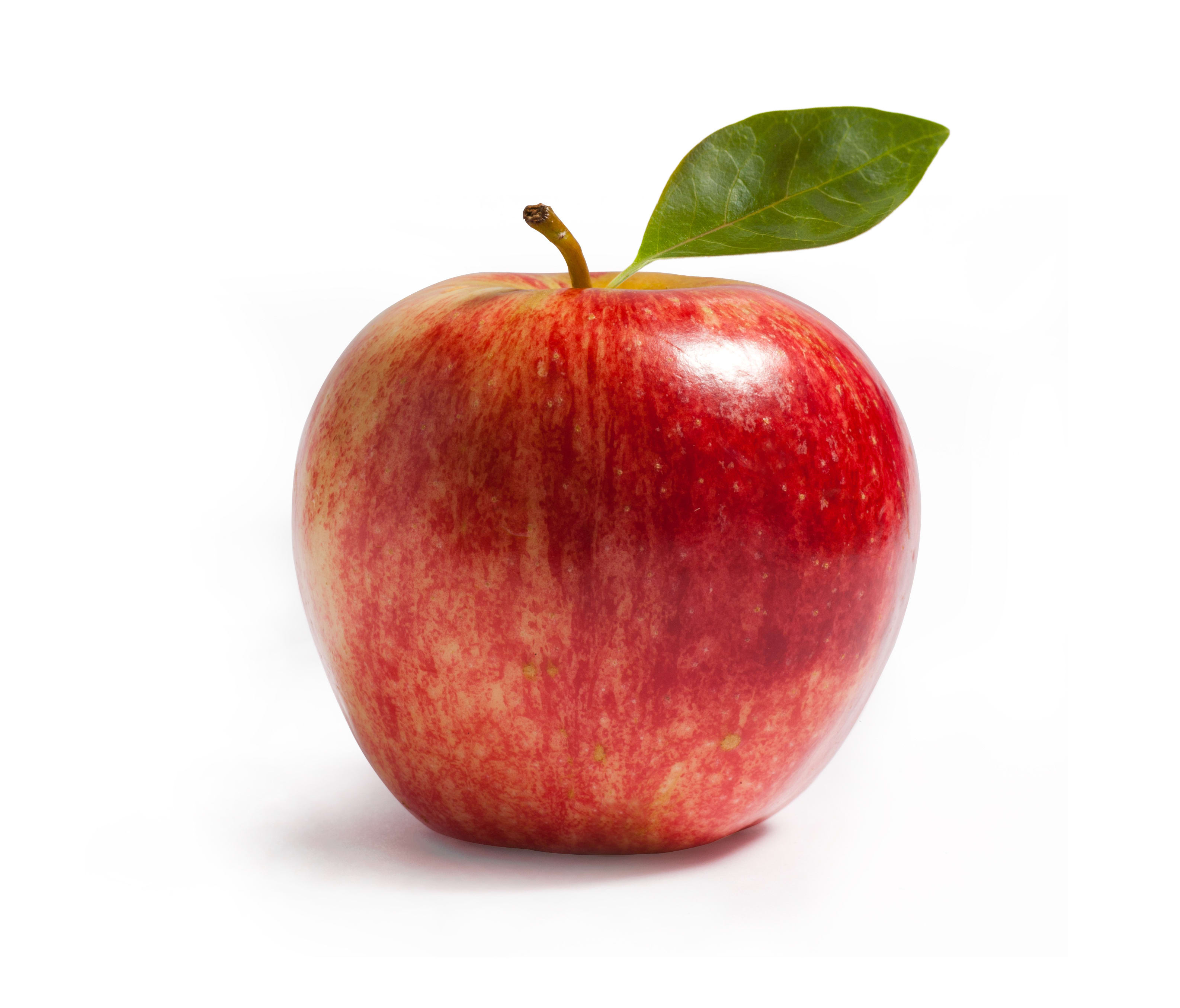A Lesson For the Children – My name is Herman Rosenblat. I was born in a small village in Poland in 1930, the youngest of four brothers. When I was nine years old, my world started to crumble. The Nazis invaded Poland in 1939, and my family was put into a ghetto. We managed to live there for a few years, but during that time my father died of typhus. My mother was eventually taken to the death camps, and she made sure that I stayed with my brothers, because that way I might have some chance to survive.
The Germans asked me how old I was. “Sixteen,” I replied, just as my brother had told me to say. I was big for my age of twelve, and I managed to look as if I was even older. My brothers and I were sent to a work camp. The work was exhausting, for many long hours every day, and in inhumane circumstances that are not easy to describe. Then I was sent to Buchenwald, in Germany, for another three months of extremely harsh labor. I worked day and night, breaking stones in a quarry and moving bodies to a crematorium. This was a terrible nightmare.
All during the war, we four brothers stayed together. We worked together, we slept together, and we ate together. Whenever there was a “selection,” they would put me in front of the line. Wherever I was sent they followed. I was the youngest, and their task was to watch over me. In 1943, I was sent to another camp in Germany, named Schlieben. There I was assigned work making anti-tank bombs. I worked at night and slept during the day. I was always cold and hungry.
On day my mother came to me in a dream. She gave me a very short message: “I am sending you an angel.” And then I woke up.
A few days later, I was walking near the fence of the camp. Obviously I could not touch the fence since it was electrified. Not only this – if anybody approached the fence, the Nazis would shoot him. But I saw something out of the corner of my eye, on the other side of the fence: a young girl, about 10 years old, hiding behind a tree. I didn’t know it at the time, but she was the daughter of a Jewish family that had masqueraded as non-Jews. Her father knew a priest who helped the entire family get false papers. They were afraid that if they stayed in Poland they would meet somebody who knew them, so they moved to Germany and worked on the farm.
I looked around carefully to make sure the guards were not watching me. Then I asked her, in German, “Do you have anything to eat?” I saw that she did not understand me, and I repeated the question in Polish. She put her hand into her pocket, took out an apple, and threw it towards me. It landed between two barbed wire fences, and in spite of the danger I crawled between them. It was well worth the effort. How long it had been since I had seen an apple! I took it, and while I was still running I heard her say, “See you tomorrow!” At the same time the next day I came there again. She was there, and she threw me a piece of bread. My mother was right – she had indeed sent me an angel.
I didn’t tell anybody, not even my brothers. There is no doubt that they would have forbidden me to go anywhere near the fence. But the danger of death did not discourage me. All I wanted to do was to eat!
These meetings continued at about the same time every day for seven months. All that time, I didn’t speak to the girl. I didn’t know her name and she didn’t know mine. And then we heard a rumor that the next day we would be moved to another camp. I told the girl not to come any more. That was the last time I saw her. I was crushed into a coal wagon with my brothers, and we were taken to Theresienstadt, a small town in Czechoslovakia which had been transformed into a concentration camp. Once again we were forced to do hard labor, and once again we knew hunger.
And then, one day in May 1945, the Germans told us that we must report to them at ten o’clock the next morning, at a specific place in the camp. We knew what that meant: they were going to send us to the gas chambers!
Email yikhat1@smile.net.il with reactions and suggestions for stories. Reprinted with permission from Zomet Institute (www.zomet.org.il). Translated from the Hebrew by Moshe Goldberg. To subscribe to receive the complete version of Shabbat BeShabbato please write to dan@zomet.org.
The words of this author reflect his/her own opinions and do not necessarily represent the official position of the Orthodox Union.
